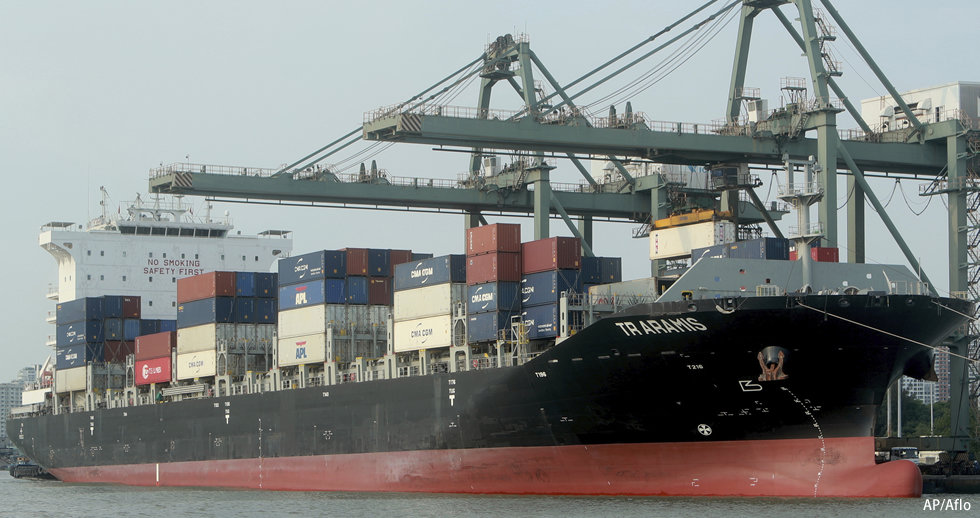No. 295
- The RCEP agreement finally entered into force on January 1, 2022. RCEP will have great significance for East Asia as the region's first mega-FTA.
- RCEP will have considerable economic benefits for East Asia and Japan. Many companies have been using RCEP since its entry into force.
- Member states must further evolve RCEP as a living FTA. RCEP will become more important in today's challenging world economy, so it is essential for Japan to support RCEP's development.
The RCEP agreement finally entered into force on January 1, 2022, a little more than a year after it was signed in November 2020. It initially took effect for ten of the current 15 signatories - Australia, Brunei, Cambodia, China, Japan, Laos, New Zealand, Singapore, Thailand, and Vietnam - followed by South Korea on February 1 and Malaysia on March 18. Entry into force for the remaining three countries (Indonesia, the Philippines and Myanmar) is now being expedited.
RCEP was proposed by ASEAN in 2011. ASEAN has been a driving force in East Asian economic integration, having established the ASEAN Economic Community (AEC) and five ASEAN+1 FTAs with Japan, China, South Korea, India and Australia-New Zealand. RCEP negotiations had been slow to conclude and India withdrew from the negotiations in 2019. Amidst rising protectionism, the US-China conflict and the Covid-19 pandemic, the agreement was finally signed in 2020 and entered into force in 2022.
RCEP is designed to be a modern, comprehensive, high-quality and mutually beneficial economic partnership agreement (EPA) for East Asia. RCEP aims to form a larger and more advanced FTA beyond the existing ASEAN+1 FTAs. The agreement has 20 chapters covering a range of areas regarding trade liberalization and many rules, including "Trade in Goods" (Chapter 2), "Trade in Services" (Chapter 8), "Investment" (Chapter 10), "Intellectual Property" (Chapter 11), "Electronic Commerce" (Chapter 12), "Competition" (Chapter 13), and "Economic and Technical Cooperation" (Chapter 15). It updates the coverage of the existing ASEAN+1 FTAs and contains new provisions.
RCEP has great significance for East Asia. It is the first mega-FTA for East Asia, which is at the center of world growth. There have been no mega-FTAs within East Asia except for AEC and ASEAN+1 FTAs. RCEP members represent around 30% of the world's GDP, population, and trade. Furthermore, RCEP includes the first FTAs between Japan and China and between Japan and South Korea.
The overall tariff elimination rate for RCEP member countries will eventually reach 91% (based on the number of items). RCEP's rules of origin are also more flexible and easier for companies to use than those of previous ASEAN+1 FTAs. The elimination of tariffs on some items will take a long time, and there are some areas where the rules are not yet agreed on. However, it is important that the agreement has entered into force in the current challenging world economy, and it is essential for members to evolve the provisions gradually.
RCEP will have great economic benefits for East Asia. The first benefit of RCEP is the encouragement of trade in goods and services and investment across East Asia, thus contributing to the continued economic development of the region. Second, it will contribute to the establishment of new and more sophisticated rules. Third, it will facilitate the establishment of production networks or supply chains in East Asia. Fourth, RCEP will help narrow the economic gaps between advanced and developing countries within the region.
RCEP will also be very significant for Japan. RCEP accounts for half of Japan's trade value. It is most compatible with the production networks of Japanese companies. Moreover, RCEP eliminates many of the tariffs between Japan and China and between Japan and Korea, as RCEP has produced the first FTAs between Japan and China as well as between Japan and Korea. Thus, RCEP will gradually increase China's share of tariff-free items vis-à-vis Japan in industrial products from 8% to 86%, and Korea's share of tariff-free items vis-à-vis Japan from 19% to 92%. As for China's auto parts tariffs against Japan, about 87% of items will be tariff-free. These items include critical parts for electric vehicles and gasoline-powered vehicles as well.
Many companies have been using RCEP since its entry into force in January. For example, the use of RCEP is rapidly expanding in Japan, and RCEP has become the most used EPA in Japan. According to METI, the number of RCEP certificates of origin issued by the Japan Chamber of Commerce and Industry (JCCI) is rising rapidly - 671 in January, 3,450 in February, 6,371 in March, 6,834 in April, 7,211 in May, and 9,132 in June - overtaking the number of Japan-Thailand Economic Partnership Agreement (JTEPA) certificates (which reached an all-time high in Japan of 8,635 in June). The use of RCEP is also expanding in China and Thailand.
Member states must further evolve RCEP as a living FTA. It is necessary to promote trade liberalization and increase the rate of tariff elimination. Members must flesh out the provisions of several chapters. During this process, it is important to hear from the users of RCEP. Adding new chapters is also a challenge; for example, some chapters in the CPTPP such as those covering the environment, labor, and state-owned enterprises are not included in RCEP.
It is also vital to ensure ASEAN centrality in RCEP as it was ASEAN that proposed RCEP. East Asian economic integration has been balanced by ASEAN centrality in the face of China's growing influence.
RCEP will become more important in today's challenging world economy and in the post-pandemic era. RCEP will promote the economic development of East Asia and the rest of the world, constituting a positive step toward trade liberalization and rulemaking in the current economic straits. It is essential for Japan to support the further development of RCEP.
Kazushi Shimizu is a professor in the Faculty of Economics at Kyushu University.



